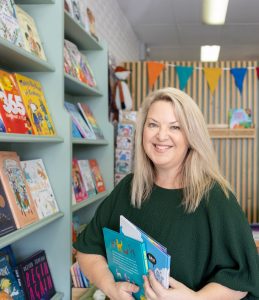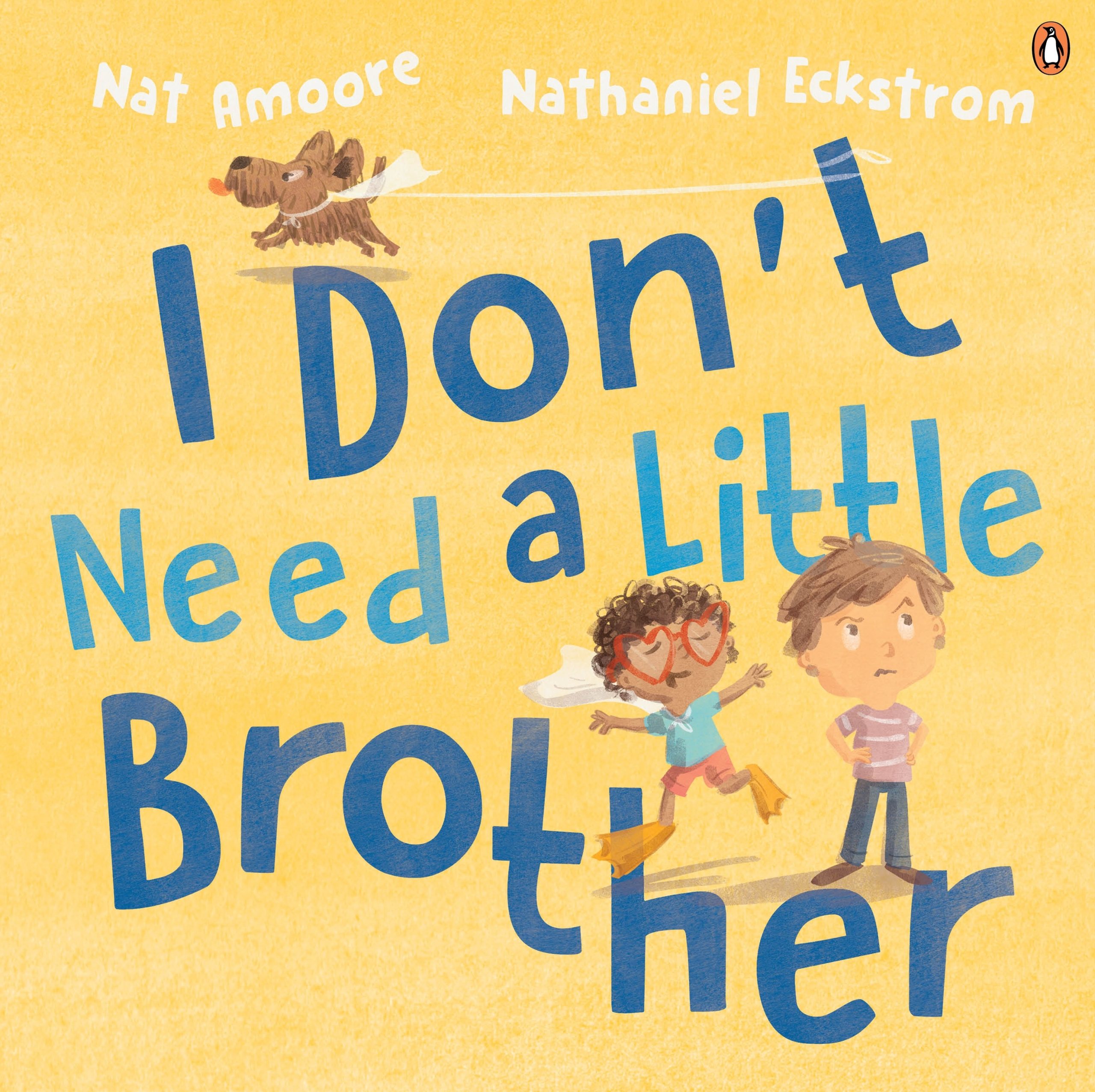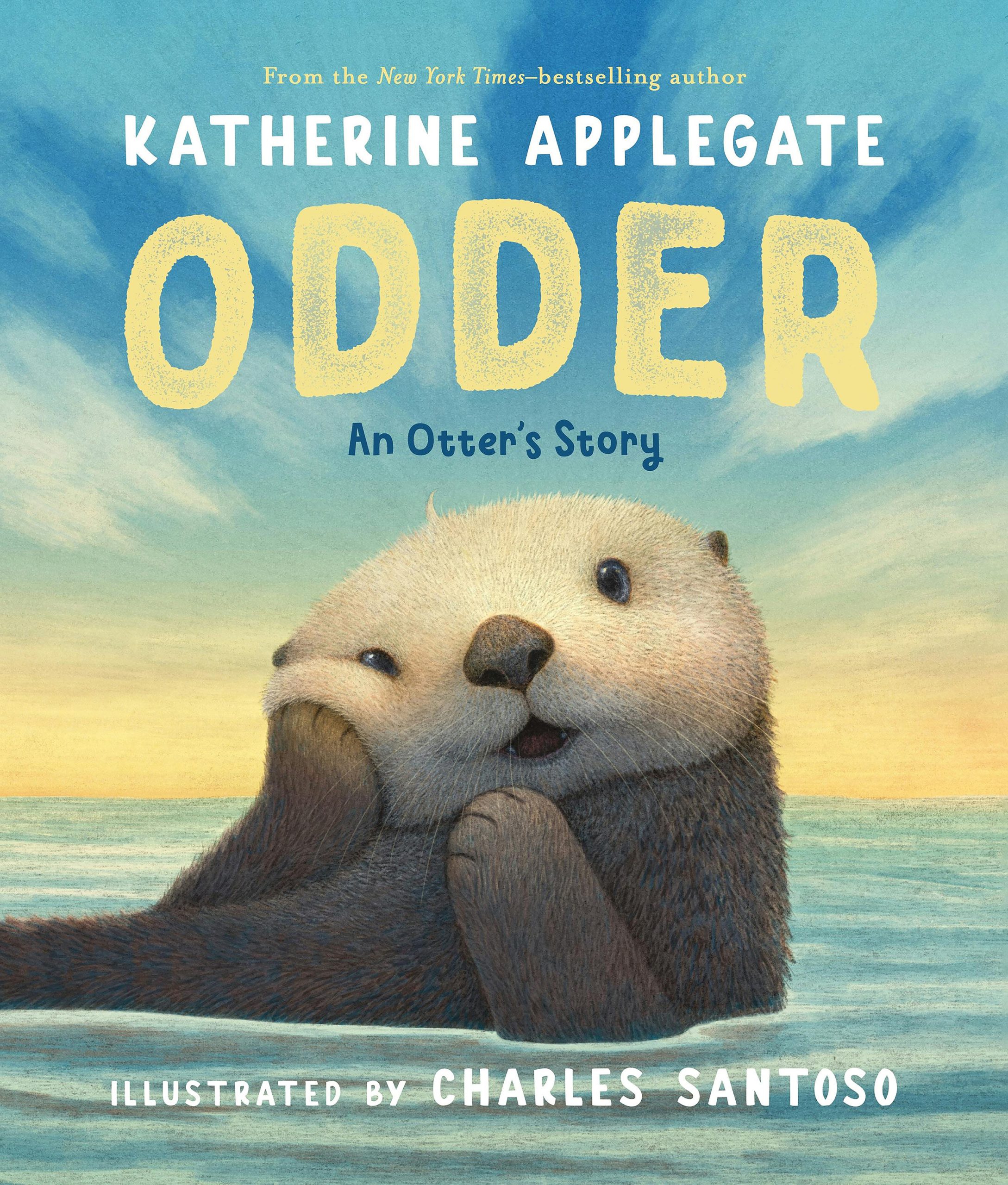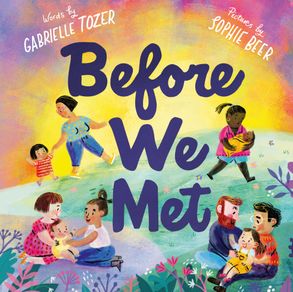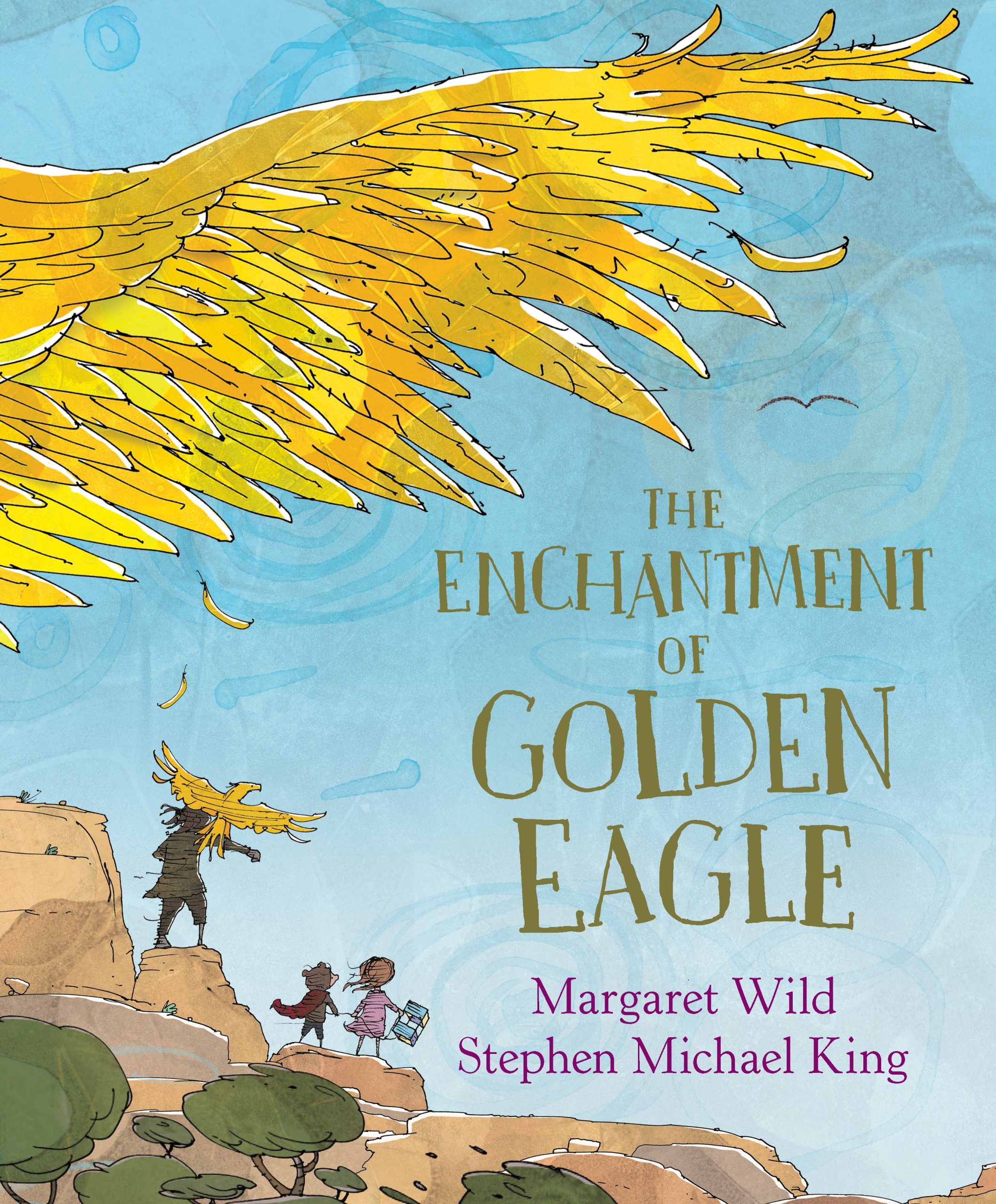
The Enchantment of Golden Eagle
By Margaret Wild & Stephen Michael King
Reviewed by Lara Cain Gray
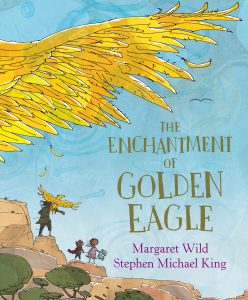 Margaret Wild and Stephen Michael King need little introduction to fans of Australian picture books. Each has an extensive oeuvre of award-winning titles and is revered by readers and fellow creators alike. Their latest collaboration is The Enchantment of Golden Eagle, a whimsical tale of love and forgiveness, blending fairy tale tropes with succinct contemporary storytelling.
Margaret Wild and Stephen Michael King need little introduction to fans of Australian picture books. Each has an extensive oeuvre of award-winning titles and is revered by readers and fellow creators alike. Their latest collaboration is The Enchantment of Golden Eagle, a whimsical tale of love and forgiveness, blending fairy tale tropes with succinct contemporary storytelling.
One day, Ella and her little brother, Leif, find a fledgling with a broken wing. They take it home to their family cottage and nurture the bird for 7 days and 7 nights. He grows into a proud Golden Eagle. Being a bird, he soon feels the call of the wind and the vast sky and longs to fly. He knows, however, that he owes the children for saving him, so promises to stay with them at the edges of the dark forest. But one fateful day, when the children’s father is called away, the bird chooses to fly, just for a moment. In his absence, the children are scared and young Ella curses the bird to fly without pause for a year. At this point in the narrative, young readers can draw parallels with many classic tales of enchanted animals and abandoned children, curses and their consequences.
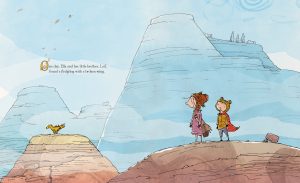 But, as a modern fable, the narrative then changes gears. The Golden Eagle returns to the house after his arduous journey. The writing tense changes from ‘once upon a time’ to ‘here and now’, as Leif excitedly welcomes the tattered and exhausted bird. Ella reveals that the curse wasn’t real. The Eagle admits he knew. They apologise and the bird is once again welcomed into their home for recovery; but Ella now envisages a different future in which
But, as a modern fable, the narrative then changes gears. The Golden Eagle returns to the house after his arduous journey. The writing tense changes from ‘once upon a time’ to ‘here and now’, as Leif excitedly welcomes the tattered and exhausted bird. Ella reveals that the curse wasn’t real. The Eagle admits he knew. They apologise and the bird is once again welcomed into their home for recovery; but Ella now envisages a different future in which
…‘he is strong and well, rejoicing in the wind, larking about in the sky as all birds do.
But right now is here…with them.’
The illustrations, in a line and wash watercolour style, with intentional spread design, wonderfully highlight the children’s expressive faces and the juxtaposition of the vast sky and the close up details of the family cottage. The endpapers differ at the front and back, which always provides a productive framing conversation in shared reading sessions.
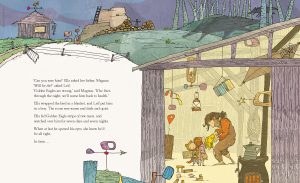 Unsurprisingly for this accomplished team, this is a story with many layers and possible interpretations, which may be appreciated in different ways by different readers. Young children can enjoy the lyrical evocation of classic storytelling with a satisfactory example of conflict resolution. Beyond that, there is potential for discussion of the ways in which humans seek to control the natural environment, or the risks to some species of being prevented from living as nature intended. On a human level, we might consider the perils of complying to other people’s standards, the importance of balance to a fulfilling life, or the challenges of promises, responsibility or atonement.
Unsurprisingly for this accomplished team, this is a story with many layers and possible interpretations, which may be appreciated in different ways by different readers. Young children can enjoy the lyrical evocation of classic storytelling with a satisfactory example of conflict resolution. Beyond that, there is potential for discussion of the ways in which humans seek to control the natural environment, or the risks to some species of being prevented from living as nature intended. On a human level, we might consider the perils of complying to other people’s standards, the importance of balance to a fulfilling life, or the challenges of promises, responsibility or atonement.
The publisher marks this as suitable for readers 7 to 12, older than the typical picture book market, and online Teaching Notes offer suggestions up to Year 6. This is valuable recognition of the potential of picture books to inspire rich learning well beyond the formative literacy stage.



